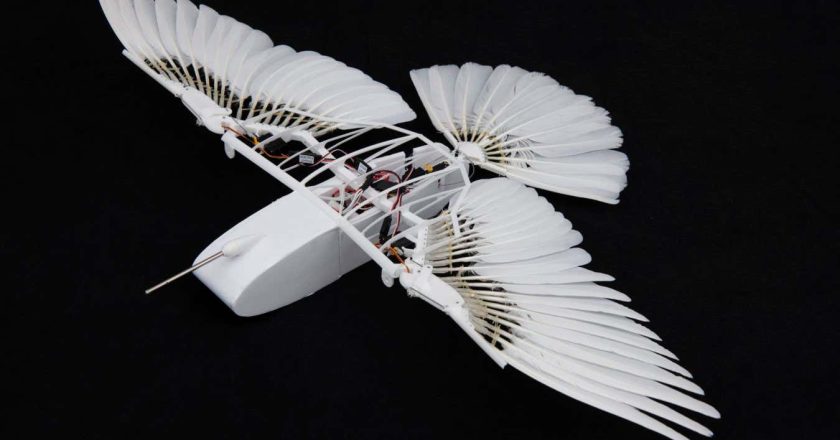We may be about to solve the greatest riddle of electromagnetism
Most of us don’t think much about electric charge, apart from in those annoying moments when our phones run out of it. But for physicists, it is a big deal. In every atom, negatively charged electrons orbit a nucleus containing positively charged protons, with the whole dance sustained by their mutual attraction. It would be fair to say, then, that charge is about as fundamental as it gets.
This explains why physicists have long been at such pains to understand its nature, and for the most part they have been successful. But there is one question that has always hung in the air, unanswered. It seems that the smallest possible unit of charge is that of an electron – all other naturally occurring particles only have multiples of this. In nature, you can find charges of ...




